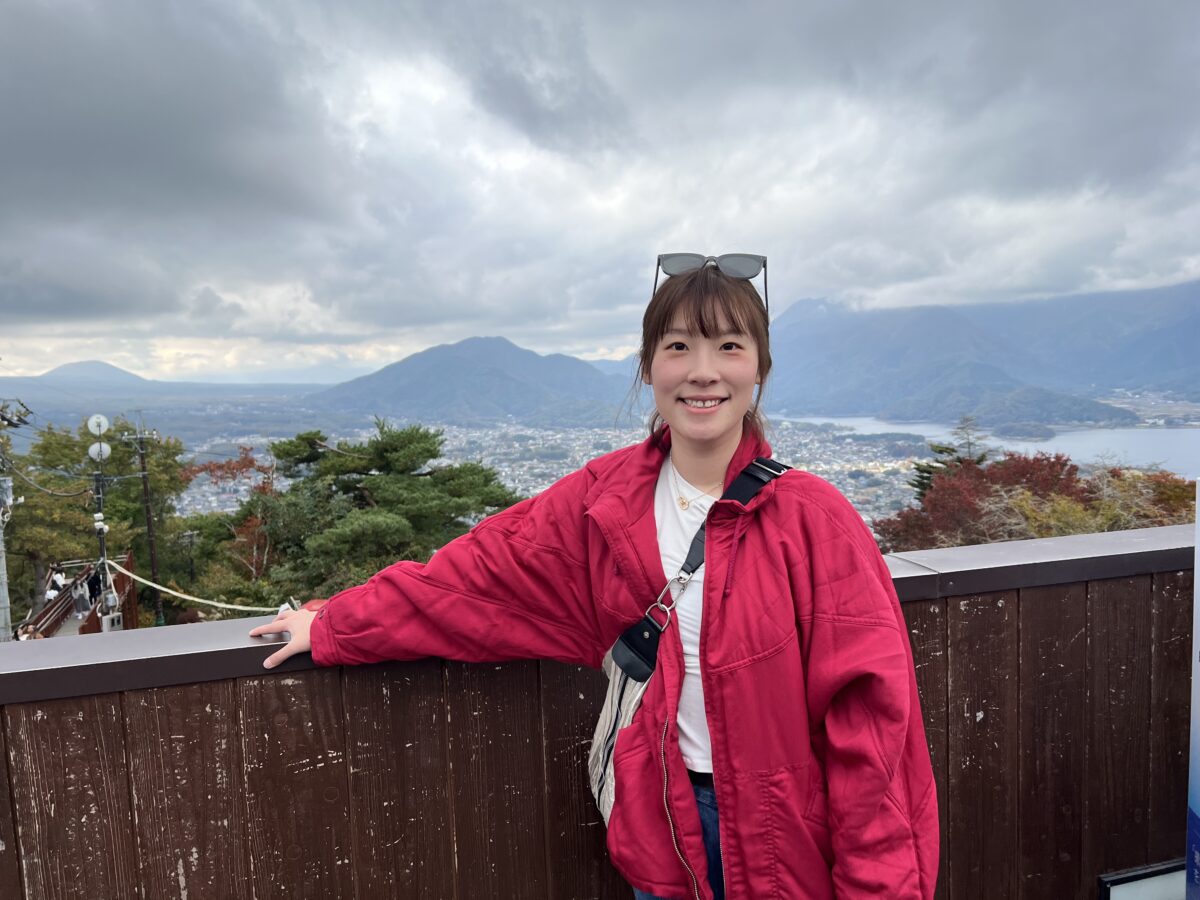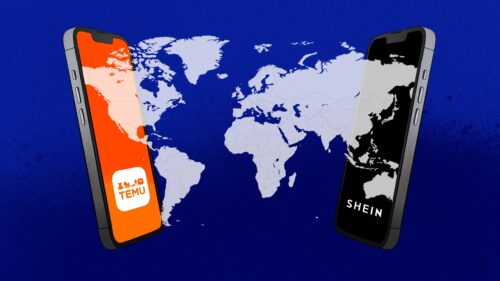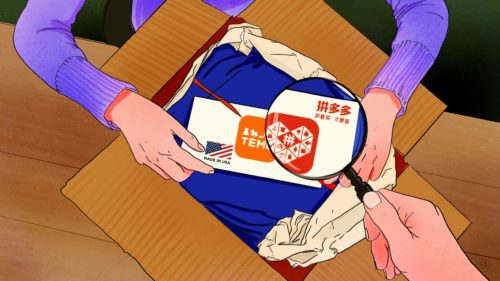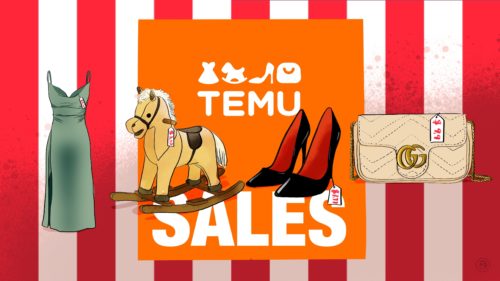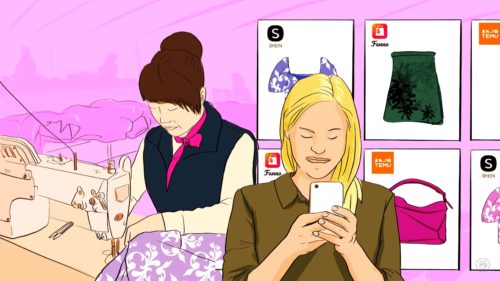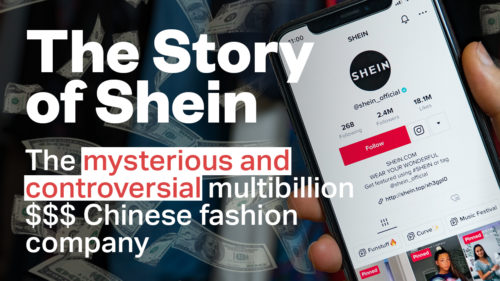Shein invites influencers on Chinese factory tour to mend reputation, but backlash erupts
The controversy comes at a particularly delicate time for Shein, as it’s aiming to launch an initial public offering (IPO) on the U.S. stock market later this year despite having a controversial reputation over its cheap apparel.
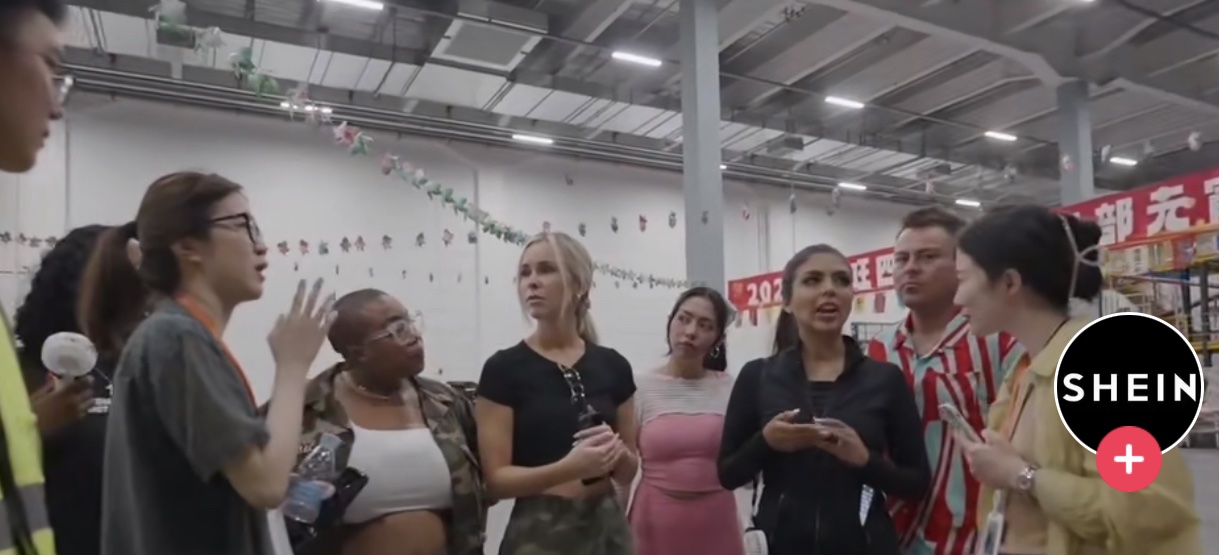
A group of popular American fashion influencers is being criticized for posting glowing reviews about fast-fashion juggernaut Shein after taking a recent sponsored trip to its factories in China.
The controversy comes at a particularly delicate time for Shein, as it’s aiming to launch an initial public offering (IPO) on the U.S. stock market later this year despite having a controversial reputation over its cheap apparel. Its IPO plan has been met with resistance from a handful of U.S. lawmakers who called for the Securities and Exchange Commission to block the Chinese company from going public, citing concerns about its labor practices and environmental impact.
China news, weekly.
Sign up for The China Project’s weekly newsletter, our free roundup of the most important China stories.
The backlash against the influencers erupted after one of the participants, Dani Carbonari, who is known more publicly as @danidmc on Instagram, went viral for a now-deleted video documenting her mid-June visit to several Shein facilities in the southern Chinese megacity of Guangzhou, including one factory she calls the “Shein innovation center.”
“This China trip has been one of the most life-changing trips of my life,” Carbonari, a plus-size model and self-touted “confidence activist” who has a combined following of more than 1.2 million, says at the beginning of the video. “Getting to see the whole process of Shein clothing from beginning to end with my own two eyes was so important to me.” Her footage shows brightly lit, clean Shein facilities that feature smiling workers and high-tech tools.
At one point, the 30-year-old influencer refers to herself as an “investigative journalist” and shares an experience she had interviewing a woman who worked in Shein’s fabric-cutting department. “She told me about her family, her lifestyle, her commute, her hours,” Carbonari says, adding that the worker was “very surprised at all of the rumors that have been spread in the U.S.”
Carbonari states she was “excited and impressed to see the working conditions” and what “a developed and complex” company Shein is. The biggest takeaway from the trip, as Carbonari tells her followers, “is to be an independent thinker, get the facts, and see it with your own two eyes.”
“There’s a narrative fed to us in the U.S., and I’m one who always likes to be open-minded and seek the truth,” Carbonari says in conclusion. “So I’m grateful for that about myself and I hope the same for you guys.”
Carbonari’s dispatch largely resembles those of her fellow travel companions, including Aujené, Fernanda Stephany Campuzano, Kenya Freeman, Marina Saavedrawas, and Destene Sudduth, who each posted a series of videos in the past week claiming that negative reports about Shein’s Chinese factories are “misinformation,” or saying that the employees they talked to were “taken aback” by their questions about working conditions.
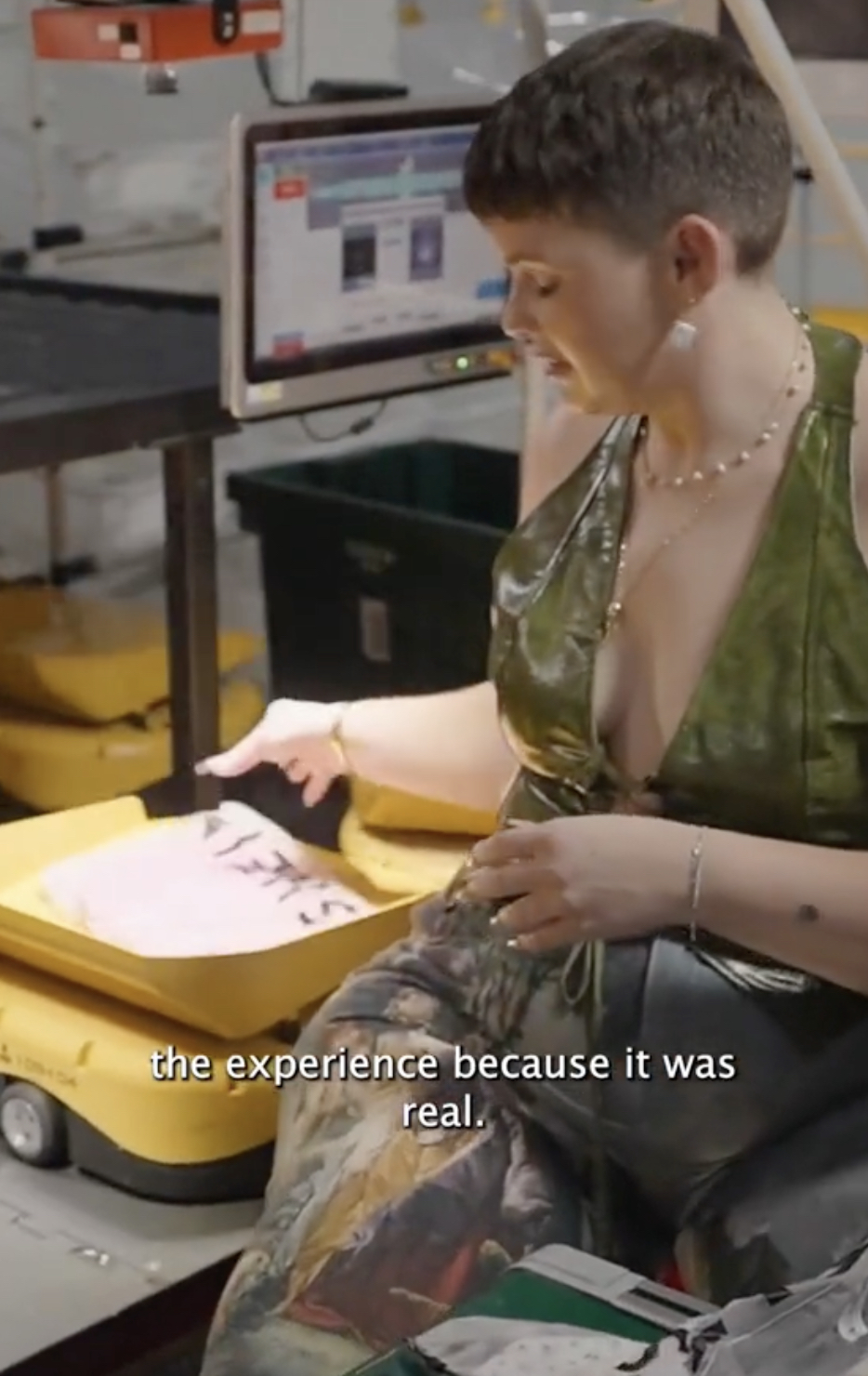
“I asked them questions like, ‘What does your workweek look like? How many hours do you work? What’s your commute?’ Most of them work, like, 8 to 6, and their commute is, like, 10 to 15 minutes, just like normal,” Sudduth says in one of her videos about the trip. “I expected this facility to just be so filled with people slaving away.”
However, many internet users were quick to call out the influencers, saying they were troubled by their unbridled positivity in what appears to be a highly orchestrated tour. Some critics called the trip a “publicity stunt” to patch up Shein’s reputation, while others labeled it as “straight-up propaganda” marked by lies and misleading information.
Natascha Radclyffe-Thomas, a professor of marketing and sustainable business at the British School of Fashion, described the influencers’ behind-the-scenes video as “rather dystopian.”
“I wonder whether these influencers have ever made something, or know anyone who works with their hands or in a factory? Did they need to fly around the world to watch Chinese working-class people making their clothes?” she told The China Project. “We should recognize that there is still a widespread belief, in the West, that factories in Asia are by definition unsustainable. However, there are examples of best practice in Asia, just as there are many sweatshops in the West. I’m not sure whether Shein’s behind-the-scenes tour helps address or confirm those stereotypes.”
Carbonari’s initial reaction to the criticism was combative and dismissive. In a now-deleted TikTok video she posted over the weekend, she claims that she has “so much more awareness of what’s going on behind the scenes than any of you ever could because you don’t see what’s going on,” while stressing that she was not paid for the Shein trip. “I’ve seen stuff with my own two eyes. If you think it’s propaganda, that’s cool,” Carbonari says.
But as the controversy continued, Carbonari softened her tone in an Instagram video posted on Monday. “[As] plus-sized influencers, we’re just so happy to be included,” she says. “I’m sorry and sad that people who don’t know me are angry and upset,” she adds, admitting that she should have done more research before the trip and urging Shein to be more transparent and answer her followers’ questions.
In an interview with CNN, Kenya Freeman, a designer who has sold clothing on Shein and was invited on the trip, confessed that the amount of online hate was so overwhelming that it was affecting her mental health.
The outrage toward the influencers was somewhat misdirected, according to Elizabeth L. Cline, a professor of fashion policy at Columbia University and the author of Overdressed: The Shockingly High Cost of Cheap Fashion, a book that investigates the environmental, societal, and economic costs of low-priced clothing.
“I’ve been on tours of show factories myself, as it’s common for apparel brands to show journalists and auditors only the factories that are modern and with ideal working conditions,” Cline told The China Project. “What’s more, covering up the unsavory parts of the clothing business is in and of itself a quite sophisticated multibillion-dollar industry, and it’s done through marketing, factory audits, training staff to say the right things and hide other things, and segmenting the supply chain like this, where a handful of factories are above board and the rest is unethical and unregulated.”
“I wouldn’t expect the influencers to know this or see through these tactics. These influencers were not the first duped — to whatever extent they were, is my point,” she added. “It should be mandated that Shein publish its full supply chain, and it should also be a requirement that it explains to its influencers what aspects of its supply chain they are seeing and not seeing, at the bare minimum.”
Shein’s exponential growth and many controversies
Founded in the city of Nanjing in 2008 by Chris Xu, a Chinese-born entrepreneur with a background in search engine optimization marketing, Shein started out as a women’s clothing retailer called Sheinside, whose main business was making low-cost wedding dresses and selling them overseas for a hefty profit. It wasn’t until 2012 that Shein began to establish its own supply chain system with a goal to transform itself into a fully integrated retailer.
In the following years, Shein evolved from a low-cost Chinese apparel merchant to a global, online-only fashion powerhouse, climbing in sales from $10 billion in 2020 to a whopping $100 billion in 2022.
Shein’s biggest selling point, according to Radclyffe-Thomas, is the low pricing of its items. “When you are targeting people who want a fast-fashion fix, sadly, price is a key driver for fashion consumption,” she said. “Cheap materials and use of import/export loopholes allows it to keep its prices low.”
Like its forebears operating on a similar business model, Shein prides itself on how fast it churns out new styles. But when it comes to speed, the Chinese juggernaut, which is now known as the definition of ultra-fast fashion, stands head and shoulders above other competitors in the same industry. Whereas Zara launches about 10,000 new products a year, Shein updates its website with, on average, 6,000 new styles every day.
The psychology of fashion, Cline said, is at the heart of Shein’s popularity. “Humans are incredibly social creatures, and why wouldn’t you want to be rewarded by society for looking trendy and in turn cool and attractive, all while spending some pocket change?” she said.
In the age of social media, Shein’s early use of TikTok and its ability to market viral products also contributed to its success. By sending free items to influencers, the retailer is rewarded with a plethora of videos that serve as free promotion for the brand. “We have to consider how many young people make their living off content creation today, which is of course a 24/7 cycle. Shein’s nonstop delivery of products fits this bottomless need,” Cline added.
Yet as Shein has grown, so has scrutiny about its practices. Over the past few years, the Chinese company has come under fire for a litany of issues ranging from ripping off designs from small labels and producing swastika necklaces to causing unsustainable environmental burdens to selling goods contaminated with harmful chemicals.
But perhaps the bigger controversy is its treatment of workers. Last year, an undercover documentary produced by the U.K. broadcaster Channel 4 found that in two of Shein’s factories in Guangzhou, where its supply chain is based and the influencers’ trip took place, employees were working 18 hours a day with one day off a month and were paid a base monthly income of 4,000 yuan ($552) to make 500 pieces of clothing per day.
There have also been allegations of forced labor. In May, a bipartisan group of two dozen U.S. representatives initiated an effort urging the Securities and Exchange Commission to halt Shein’s IPO launch plan until it proves that its production doesn’t involve forced labor from workers belonging to the Uyghurs in Xinjiang, who have been reportedly facing oppressive policies for years in China.
But for Shein, a billion-dollar business whose app has overtaken Amazon’s and whose sales are the largest of any fashion brand in the world right now, the controversies have barely caused a dip in its sales department. Meanwhile, to counter the negative publicity, the brand has ramped up its efforts to control the narrative, spending millions to rebrand itself as socially and environmentally responsible.
“When you have that much money at your disposal, bending reality to make yourself look good or at least way less bad is not that difficult,” Cline said. She noted that given the track record of companies like H&M, although Shein might suffer a temporary drop in sales because of the scandals, it’s likely to continue its rise with global shoppers in the long term.
“Rarely do controversies over labor and environmental conditions permanently impact a company’s clothing sales,” she added. “Consumers have too many other things to consider, like price, for example.”
But is the backlash against the influencers and the brand trip they attend indicative of a broader shift in the way that global consumers see Shein? Radclyffe-Thomas said it’s hard to tell. “Shein doesn’t appear to be suffering from any of the negative publicity, so maybe the old adage of no publicity is bad publicity stands for them. After all, here we are talking about Shein again,” she said.
Cline, on the other hand, believed that the pushback is less about Shein’s reputation-boosting campaign than about the hypocrisy of fast fashion and major corporations in general, which are “all too keen to market themselves as socially responsible and are constitutionally incapable of being truly equitable and sustainable.”
“Fashion is always a bellwether of society, and this backlash gets at something deeper. People are just fed up with this greenwashing, corporate power, and lack of action and real change, and I’m with them,” Cline said. “What would work to rein in Shein is a coordinated consumer campaign and a change in government policy. In other words, now that there’s so much consumer interest in holding Shein accountable, we need to work via collective action to push the company in a truly different direction.”
